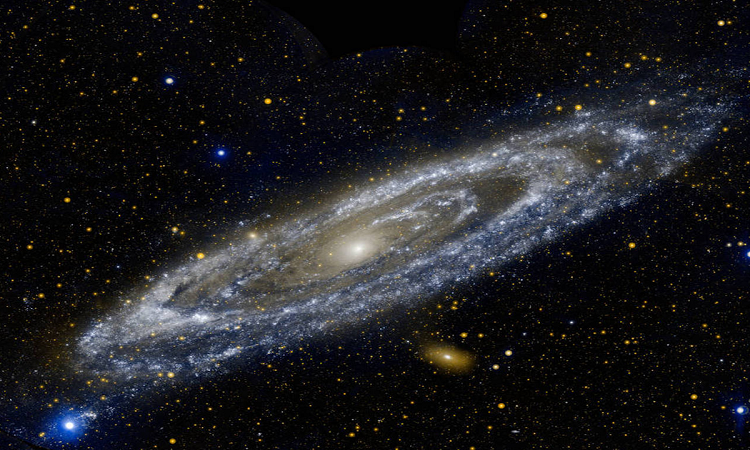About 3.5 million years ago, an incredibly powerful beam of energy emanating from the black hole of the Milky Way spread throughout the Galaxy, and more.
The super massive black hole in the center of the Milky Way is a relatively calm object. Even though, a few weeks ago, he showed some signs of activity. Probably a simple “burp” after having engulfed a cloud of matter passed a little too close. But nothing comparable to what happened 3.5 million years ago, when Australopithecus still lived on Earth.
A “lighthouse in the night”
A team of researchers announces indeed have identified the traces of a former titanic explosion: a phenomenon known as the Seyfert torch. Imagine two huge “cones of ionized matter” rooted in the center of our Galaxy, before expanding and expanding into the surrounding space. One to the north, the other to the south.
An event so powerful that the Magellanic Stream – a high-speed gas stream spanning Magellan’s large and small clouds – has even been disrupted. As a reminder, these two objects evolve about 200 000 light-years from our Galaxy.
“Imagine the darkness, then someone lights a beacon beacon for a brief period,” say the researchers. The explosion would have lasted about 300 000 years. Which, in astronomy, is an extremely short window.
A tumultuous past
For the researchers, only relativistic jets expelled by the south and north poles of the supermassive black hole of our galaxy could have produced such an event. These “jets” of matter evolving at fractions of the speed of light are still the subject of much research today, the researchers not knowing yet how they are formed.
Note that these are not the only “remains” of the tumultuous past of our galaxy. Three years ago, researchers have noted that its core, 6 million years ago, had turned into quasar. Destroying in passing a large part of the baryonic matter (“normal” material, which we can “see”) of the Milky Way.
“These results radically change our understanding of the Milky Way. This shows that its core is a much more dynamic place than we previously thought, says Lisa Kewley, director of ASTRO 3-D and co-author of this new study. It’s a good thing we do not live there! ” Remember that our solar system is about 26 000 light years away from the black hole.




